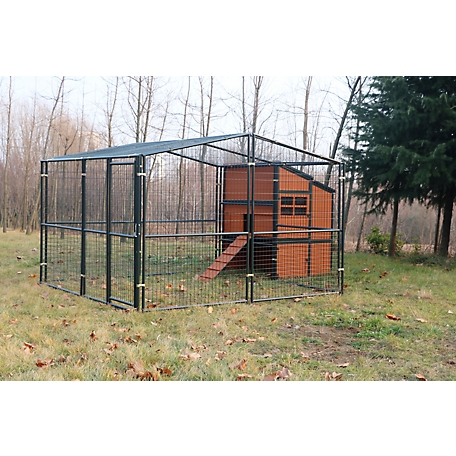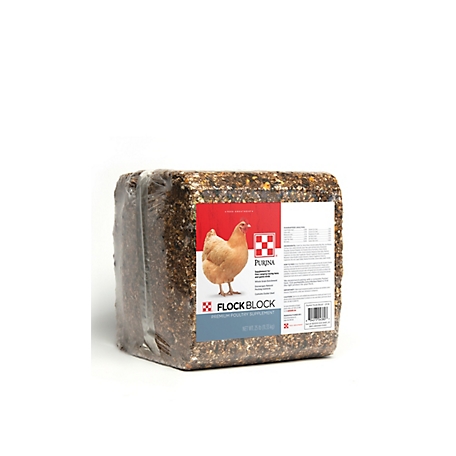Harvest Lane Honey 9-1/2 in. Standard Beekeeping Hive Tool
Take care of your hive with help from the Harvest Lane Honey Standard Beekeeping Hive Tool. A must-have for every beekeeper, this beekeeper tool used for prying open your hive, separating frames from the hive, and scraping off excess and wild comb.
Take care of your hive with help from the Harvest Lane Honey Standard Beekeeping Hive Tool. A must-have for every beekeeper, this beekeeper tool used for prying open your hive, separating frames from the hive, and scraping off excess and wild comb.
- Use 1 beekeeping hive tool per beekeeper
- 1-5/8 in. x 9-1/2 in.
- Steel beekeeper tool suits many tasks
- Natural coloring (color may vary)
Additional information
| Country of Origin | Made in USA |
|---|---|
| Primary Color | Multicolor |
| Primary Material | Steel |
| Product Height | 1.63 in. |
| Product Length | 9.5 in. |
| Product Weight | 1 lb. |
| Product Width | 1.63 in. |
| Manufacturer Part Number | TOOL-101 |










by Jime
nice product for beekeepers after i bought this 2 days later i found mine but good quality decided to keep
by Wolfe
Love this pry bar works very well in the glass industry.
by Anthony
This brush waws great for the bees. Exactly as described and worth every penny, Easy pick at my local store.
by Sparky
A good deal, and it arrived in a timely manner. Thanks for help with ordering (at our local store).